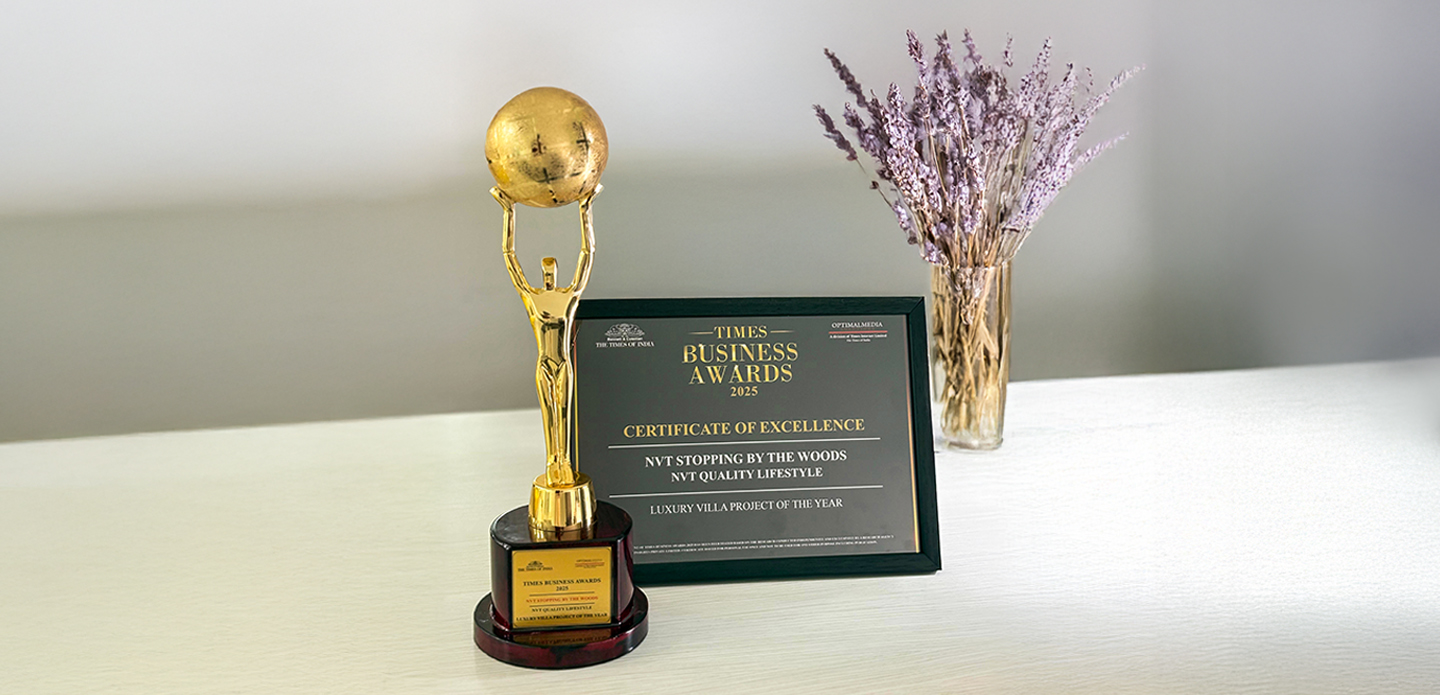
Mango Trees
The season of mangoes will soon be over and this makes me miss those childhood days and think how many of us have, or had the opportunity to see them growing on trees? I guess very few of us, and for our future generations, chances will be even lesser. The other day I was reading an article on how childhood is a very important phase of life for cognitive and physical development in children I remembered mine, helping my parents in gardening and learning about the science behind healthy plants from our gardener, Nanku Kaka. I always wondered how he knew so much without being formally educated and asked him for his guidance. He always had one thing in his eyes, his childhood, where he was surrounded by a variety of plants and trees. He used to tell me, “Naina, it is always how you spend your childhood. You should observe and understand the things around you. I could not get a proper education but I had the chance to connect with nature and understand the possibilities. Explore, and you will have experience and stories too!” I remember him helping me plant a mango tree in our garden and every year we waited eagerly for the mango season to come. Though it took many years for the tree to grant my wish of plucking mangoes from my own tree, it was all worth the wait. And then there were different forms of this delicious fruit to indulge in – pickle, panna, papad, shake, ras, chutney, ice cream, smoothies!

The origin of the name ‘mango’ is also quite interesting. The king of the fruits got its name ‘mango’ from the Malayan word ‘manna’. In the 1490s, during their spice trade in Kerala, the Portuguese altered it to “manga” and eventually it was called “mango” in English. Later it became so famous that it got itself a National Day in 1987 when the National Horticulture of India decided to celebrate 22nd July as National Mango Day and provide a platform for exhibitions and a marketplace to the local suppliers. Apart from being a delicious fruit, Mangifera Indica (mango’s scientific name) has also been an important Ayurvedic ingredient for more than 4,000 years now with various parts of the plant being used to treat different diseases. You must have also tasted its one of the medicinal avatars, ‘aam panna’, to keep the body cool and fight the scorching summer heat.

Well, my childhood experience was very close to my heart and inspired me to stay connected to my roots, always. Wherever I went, I looked for homes with connectivity to nature. I kept looking for places which would give me room outside of my home, to lie down under a tree’s shade, feel the wind, and see flowers and fruits growing. Don’t you wish the same for yourself and next generations to come? If yes, then a visit to NVT’s Symphony of Orchards villa project in Sarjapur, Bangalore, will give your dreams a direction.

This project brings back the memories of childhood in orchards and backyards. With indigenous trees around, this project seeks to give children a closer bond with nature. A place where the adults can relive their childhood while the kids make memories. And by the way, there is a villa variant named Mango there, do check it out!
Some of our customers recently took handover of their villas at NVT Symphony of Orchards as they shared the same inspiration of investing in dreams.
 Images are shot at the site. Not for reproduction.
Images are shot at the site. Not for reproduction.


